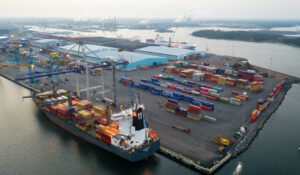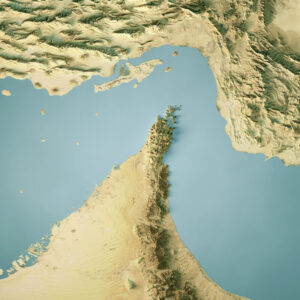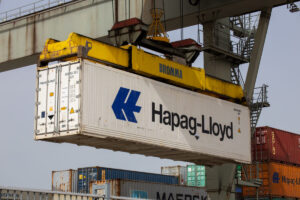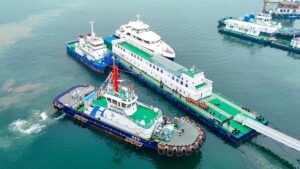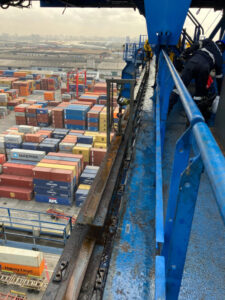The shipping industry is starting a whole new era of disruption as new technologies force players in the maritime supply chain to either digitize or face their demise.
One of its key findings was that by the year 2067 vessels will have reached sizes of up to 50,000 TEU, spurred on by an increase in container trade that will be anything from two to five times greater than it is today.
McKinsey said that the extent to which the industry develops will depend on growth in emerging markets, changing manufacturing footprints, dematerialization of demand, uncertainties in geopolitics and policy.
When it last did the study in 1967, standardized containers were disrupting the shipping business, so the players had to rethink everything.
Now digital processes such as blockchain, big data, and the Internet of Things (IoT) are the new disruptors, with the fourth industrial revolution era presenting a future where technologies such as artificial intelligence dominate our supply chains.
Another factor is that more emerging markets – China and India in particular – are growing faster than the rich-world economies, resulting in converging global incomes.
Is it time to rethink everything again?
Port Technology's Laurence Doe spoke to Steve Saxon, a partner in McKinsey’s Shanghai office, and Matt Stone, a consultant in the London office, the authors of the ‘Container shipping: The next 50 years’ report, to find out more.
The report describes a “modular, dronelike floating container” concept. Can you explain this?
The industry’s boom-bust dynamic stems from the lumpiness of its supply – that is, larger and larger vessels. Unless the industry can introduce more modularity, the boom-bust dynamic will remain an issue.
On a 50-year timescale, admittedly outlandish ideas like floating autonomous containers might be possible.
Of course, this would require massive advances in energy storage and small-scale propulsion as well as racking solutions that protect cargo from turbulent seas.
Why will container flows continue to grow rapidly in the Middle East, Africa and Asia?
Intra-Asian container trade flows are today the largest of any major trade lane.
Given the concentration of population and economic activity in East Asia, this is not a surprise.
And, given their size and with the right policy mix, it is possible to imagine India as the next great hub of offshored manufacturing, followed by Africa.
Eventually, the most significant manufacturing value chains might stretch from Africa to South Asia to South East Asia and China – and with it will come the need for container shipping.
When do you think freight forwarding will become virtually extinct?
The jury is out on the future of freight forwarding as a standalone business.
The “winner” will be whoever can provide the digital interface and the system to optimize cargo flows across multiple providers.
It might be a digital giant, an incumbent liner, or indeed even one of today’s freight forwarders.
The question is, who digitizes the fastest and delivers the most seamless experience to customers?
There is no doubt that blockchain can help significantly reduce the paper flow that freight forwarders manage today, and AI may play a role in terms of optimizing cargo flows across the value chain.
But a freight forwarder may or may not be the first to apply these tools effectively.
Do you think that drones or another technology will have a significant impact on the trucking industry?
Over time, there might be a threat from flying drones that can cost-effectively lift and transport larger volumes of goods, but this is still many, many years into the future.
The most obvious ways for trucking to remain competitive are autonomous trucks, electric-drive trucks, and deeper integration with digital platforms – the “Uber-ization” of the industry.
This latter effect will undermine the profitability of many of today’s players while helping trucking to remain relevant on the whole.
Can you define the shipping customer of 2067 in more detail?
We posit that some customers in 2067 will continue to be very price-conscious and will continue to want a minimum level of service for the lowest possible cost.
However, other customers in 2067 will want the seamless integration of real-time data about their cargoes, regardless of who is carrying or moving them, in their supply chain management systems – a level of omniscience that is nearly impossible today.







